Gall Bladder
The gall bladder is a little known organ in our body. Most of us wouldn’t be aware we had one, until something goes awry. It seems that, frequently it does, with 18 thousand gall bladders being removed surgically in Australia each year .The average gall bladder varies from 6cm-15cm in size, and lies in the upper right side of the abdomen, just near the liver. It receives bile from the liver and stores it until it is stimulated to empty its contents into the small intestine. This happens when we eat; as soon as food enters the small intestine, a hormone called cholecystokinin (CCK) is released, stimulating the gall bladder to contract and squeeze the bile into the intestine. Bile is a very bitter, yellowy-green fluid mainly comprised of water & bile acids (including cholesterol). It has important functions in fat digestion and absorption of the fat-soluble vitamins A, D, E and K; as well as natural laxative and bactericidal actions.
Gall bladder problems usually occur when the bile contents solidify, forming stones. Whilst some stones are harmless and have no symptoms, some can lodge in the neck of the gall bladder, causing pain and inflammation. A gall bladder attack consists of severe pain in the upper right side of the abdomen with nausea and vomiting. More seriously, it can also lead to infection. The typical gall stone sufferer is fair, fat and female! Female hormones have a large influence over the secretion of bile from the liver, and the risk of gall stones increases if a woman takes the contraceptive pill or hormone replacement therapy (HRT). Pregnancy hormones can also trigger the onset of gallstones, whilst people who take antacid medications (such as Nexium) are also at greater risk of developing gall stones.
Medical treatment of gallstones involves dissolving the stones via ultrasound waves or the surgical removal of the gall bladder itself. When the gall bladder is removed, no bile storage happens; rather bile constantly drips into the small intestine.
A Natural Medicine approach to gall bladder disease focuses on optimising diet, and improving the health of the whole digestive system. This may involve the following:
Treating the liver: given that bile and cholesterol are synthesised here, it needs to be functioning optimally. Globe Artichoke, Schisandra, Bupleurum and Milk Thistle are excellent herbs for this. Include beetroot and beet leaves in salads and juices to stimulate bile flow and liver cleansing.
Using good oils: cold-pressed olive oil, flax oil, and coconut oil are best choices. Oils keep the bile flowing smoothly and minimise the likelihood that it will solidify.
Maintain a healthy weight: being fat is the biggest risk factor for gall stones. Eat a high vegetable, moderate protein diet with the good oils mentioned above for optimal weight. Combine this with the 30 minutes of exercise daily that has been found to reduce incidence of gall stones.
Avoid constipation: drink adequate water, eat plenty of vegetable fibre and use 1tbsp psyllium to ensure healthy bowel movements.
Dissolve the stones: concentrated extract of turmeric has anti-inflammatory and potential stone-dissolving properties.
2 Tbs of Apple cider vinegar before meals has helped many a sufferer.

